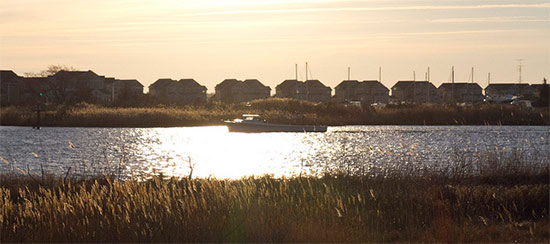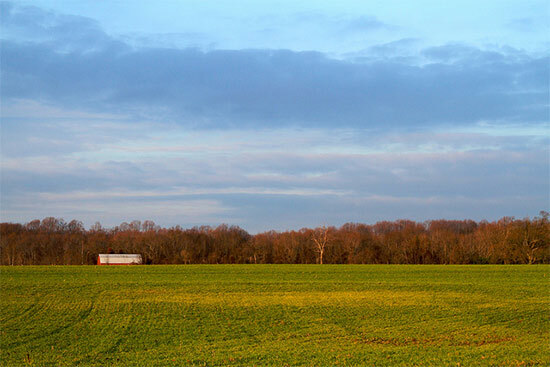Letter from Leadership: Reflecting on watershed restoration
Knowing what works—and what doesn’t—is integral to restoration and conservation success.
It is said that the environmental movement began with the first Earth Day. Four decades later, we have seen signs of environmental improvement: rivers no longer catch fire, chemical dumps have been cleaned up and we are breathing cleaner air. But even as we solve past environmental problems, we place renewed pressure on our ecosystem.

In the Chesapeake Bay watershed, our population has doubled over the past 60 years, reaching almost 18 million people. With that population increase comes a rise in polluted runoff from roads, parking lots and farm fields and more discharges from septic systems and wastewater treatment plants. These non-point sources of pollution push nutrients and sediment into our waterways, where they create algal blooms and low-oxygen dead zones, smother our underwater grasses and reduce fish habitat. Our actions on land continue to impact our environment, creating an ecosystem that is dangerously out of balance. Now, pollution is much more insidious.
When we look at the efforts made to restore the Bay and its watershed, we can see what works and what doesn’t. We know that technological upgrades to wastewater treatment plants can lower nitrogen and phosphorous discharges, improving water quality and, in some cases, boosting the growth of underwater grasses. We know that controls on power plant and vehicle emissions can reduce the atmospheric deposition of nitrogen, lowering nutrient pollution in the Bay. And there is evidence that planting cover crops, controlling fertilizer applications and restricting livestock from streams can reduce agricultural runoff and restore local waters.

While these actions demonstrate success, there are other actions that have not led to such improvements. But these experiences are equally important. The environment is a complex system, and what works in one location might not work as well in another. The same practice implemented in the Piedmont, for instance, will not create the same results as that practice implemented on the Coastal Plain. And some areas experience “lag-times” between the implementation of conservation practices and an improvement in water quality. Knowing what factors may cause these differences is important, so we can adjust our behavior and adapt our approaches to local conditions. As we work to restore the watershed, we must constantly ask ourselves, “What have we learned?” And we must know that how we apply these lessons will provide the key to restoring rivers, streams and the Bay.
Note: The opinions expressed above are those of the author and do not necessarily reflect U.S. EPA policy, endorsement, or action.

Comments
There are no comments.
Thank you!
Your comment has been received. Before it can be published, the comment will be reviewed by our team to ensure it adheres with our rules of engagement.
Back to recent stories